Outer Space & Universe
Outer Space & Universe
Space, also known as outer space, is the near-vacuum between celestial bodies. It is where everything (all of the planets, stars, galaxies and other objects) is found.
On Earth, space begins at the Kármán line (100 km above sea level). This is where Earth's atmosphere is said to stop and outer space begins. This is not a firm boundary but is a convention used by scientists and diplomats.
Items in space are free to move back and forth; up and down; and left and right. These three dimensions are what make 3D space. Items also move forward through time, which is sometimes called the fourth dimension.
The majority of space contains very little matter and so most of it is a vacuum. Scientists do not know how big space is but we do know that space is extremely big, and is always expanding.
According to the big bang theory, all matter and energy in the Universe was compressed into a very small space. Then it exploded and started expanding. Space is still growing in size today; this means the distance from one galaxy to distant galaxies is getting longer.
Gravity is the force that keeps the Moon in orbit around the Earth and the planets in orbit around the Sun. Gravity can stretch and bend space similar to how a heavy ball placed on a stretched sheet of rubber will cause the rubber to stretch. The scientist who discovered that space can bend is named Albert Einstein. How gravity bends space is part of his theory of general relativity.
Astronauts, Cosmonauts, Taikonauts and Spationauts
An astronaut is any person who is trained by NASA to travel and perform tasks in space. Although the space traveler may not necessarily be a United States citizen, each astronaut does go through a rigorous training regiment by the National Aeronautics and Space Administration. Other space travelers go by other names then astronaut depending on their country of origin.
In the United States, astronaut is derived from the Greek words ástron (star) and nautis (sailor). While, in Russia, a space traveler goes by the name космонавт (English: cosmonaut), which is derived from the Greek words kosmos (universe) and nautis (sailor). Westerners call a space traveler from China a taikonaut, based on the 1998 writings of Chiew Lee Yik and Chen Lan where the term tàikōng (great emptiness), Chinese for “space”. In China, the term yuháng yuán (universe navigator) is used for space traveler.
Only the United States of America (United States), Russia (earlier, the Union of Soviet Socialist Republics), and the People’s Republic of China (China) have sent manned spacecraft into space. Other countries have assisted these countries by sending their own space travelers on space missions. For instance, a French space traveler is called a spationaut (from the French word spationaute), which is derived from the Latin spatium (space) and Greek nautis (sailor). (plural in Greek nautes = sailors)
-
00:30
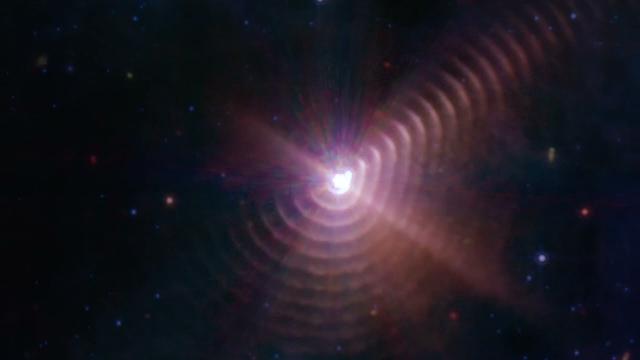
Webb Captures Star Duo's ‘Fingerprint’ in Space
Added 151 Views / 0 LikesA new image from the NASA/ESA/CSA James Webb Space Telescope reveals a remarkable cosmic sight: at least 17 concentric dust rings emanating from a pair of stars. Located just over 5,000 light-years from Earth, the duo is collectively known as Wolf-Rayet 1
-
01:10
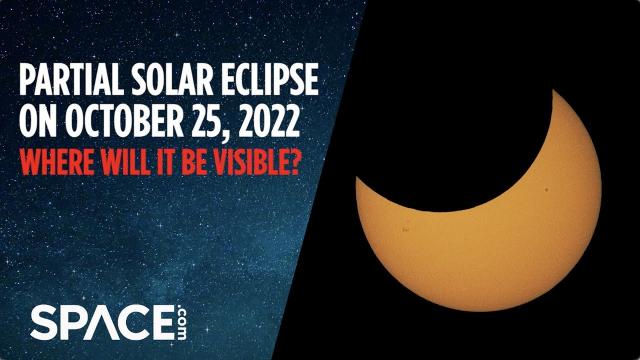
Partial Solar Eclipse on October 25th! Where will it be visible?
Added 151 Views / 0 LikesOn Oct. 25, 2022, parts of Europe, western Asia, and northeast Africa will experience of partial solar eclipse. See exactly where in these animated maps. How to watch the last solar eclipse of 2022 online: https://www.space.com/watch-partial-solar-eclipse
-
02:57
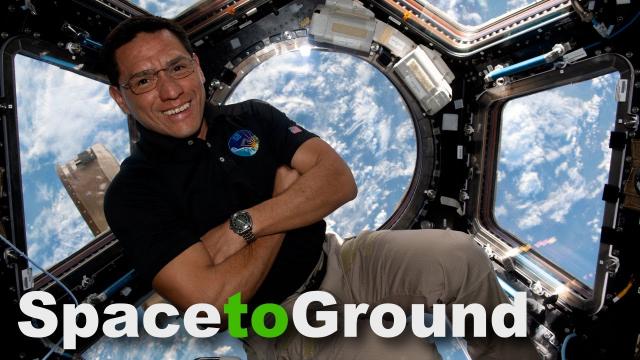
Space to Ground: Taking Stock: 10/28/2022
Added 151 Views / 0 LikesNASA's Space to Ground is your weekly update on what's happening aboard the International Space Station. Got a question or comment? Use #AskNASA to talk to us.Learn more about the important research being operated on Station:https://www.nasa.gov/iss-scien
-
10:23
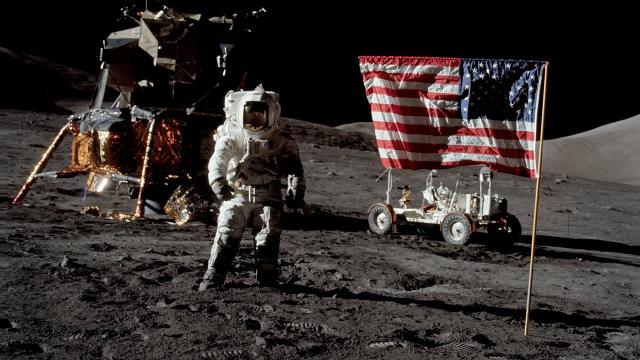
Apollo 17 at 50 - Revisit the last time humans were on the Moon
Added 151 Views / 0 LikesOn Dec. 7, 1972, NASA embarked on it final Apollo mission to the moon. See highlights and hear from the mission's lunar module pilot, retired NASA astronaut Harrison Schmitt. Learn about Apollo 17: https://www.space.com/17287-apollo-17-last-moon-landing.h
-
01:07
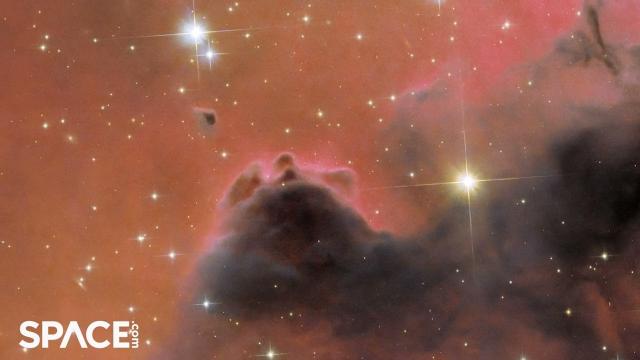
Hubble snaps a nebula's free-floating Evaporating Gaseous Globule
Added 151 Views / 0 LikesTravel 7,000 light-years into a Hubble Space Telescope telescope view of the Westerhout 5 nebula. A free-floating Evaporating Gaseous Globule (frEGG) can be seen in the image. freGG's are "regions of gas that are sufficiently dense that they photoevaporat
-
09:49
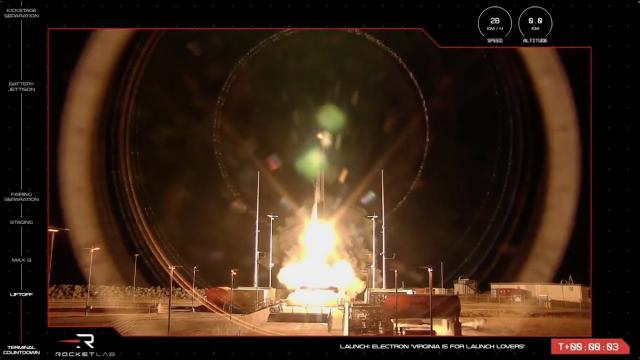
Blastoff! Rocket Lab launches from US soil for first time
Added 151 Views / 0 LikesA Rocket Lab Electron rocket launched three HawkEye 360 satellites from NASA's Wallops Flight Facility in Virginia on Jan. 24, 2023. It was the first launch for the private spaceflight company from US soil. Credit: Rocket Lab
-
00:30
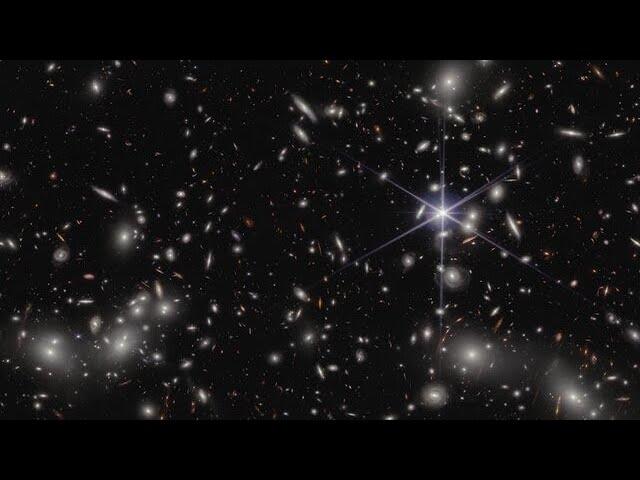
Pan of Pandora’s Cluster
Added 151 Views / 0 LikesAstronomers estimate 50 000 sources of near-infrared light are represented in this image from the NASA/ESA/CSA James Webb Space Telescope. Their light has travelled through various distances to reach the telescope’s detectors, representing the vastness of
-
10:41
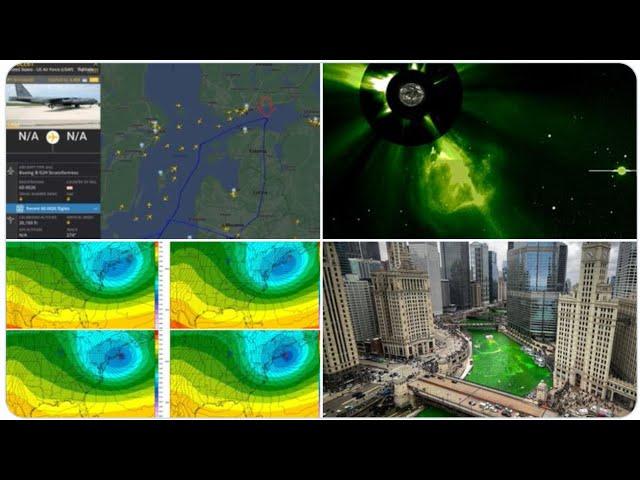
WTF? USA B-52 Bomber flew over Russian airspace! & Fed sets up vehicle to avoid Bank runs on Monday?
Added 151 Views / 0 LikesBuckle up, Stay Cool & Pray for Peace because March 2023 is going to be a wild ride.God bless everyone,T LEWISONhttps://www.paypal.me/THORnewshttps://venmo.com/TEric-Lewison$THORnews on CashApphttps://www.patreon.com/thornews
-
01:52
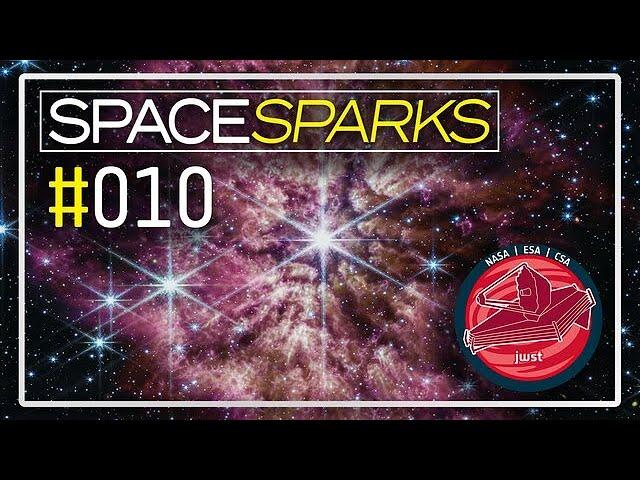
Space Sparks Episode 10: Wolf-Rayet 124 - A Star in Transition
Added 151 Views / 0 LikesA Wolf-Rayet star is a rare prelude to the famous final act of a massive star: the supernova. As one of its first observations in 2022, the NASA/ESA/CSA James Webb Space Telescope captured the Wolf-Rayet star WR 124 in unprecedented detail. Learn more in
-
02:05

Will Dollar Collapse World War 3 Break Out the Artificial Angry Intelligence roll 420 2023?
Added 151 Views / 0 Likeslet there be peaceon Earthstay cool,asteroid fight clubrules.God bless everyone,T
-
18:05
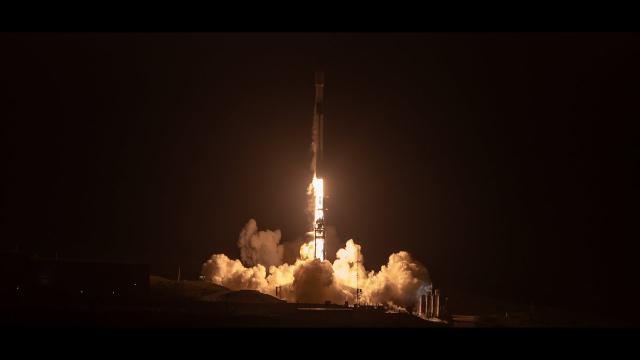
Starlink Mission
Added 151 Views / 0 LikesOn Thursday, June 22 at 12:19 a.m. PT, Falcon 9 launched 47 Starlink satellites to low-Earth orbit from Space Launch Complex 4 East (SLC-4E) at Vandenberg Space Force Base, California.This was the fourth launch and landing for this Falcon 9 first stage bo
-
00:30
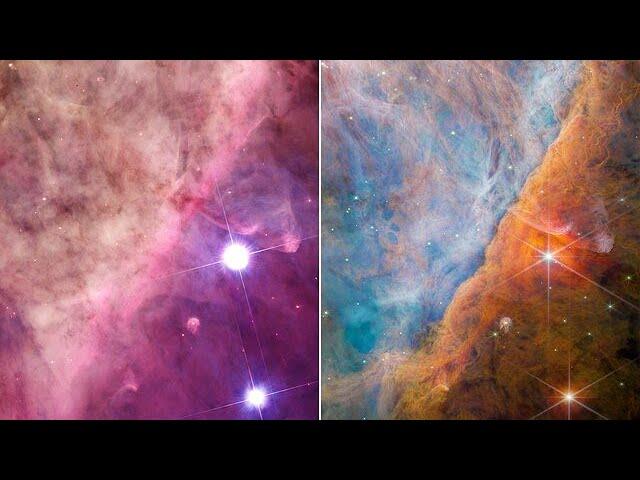
Hubble and Webb showcase part of the Orion Nebula
Added 151 Views / 0 LikesThis video showcases a portion of the Orion Nebula seen by the NASA/ESA Hubble Space Telescope, followed by the NASA/ESA/CSA James Webb Space Telescope’s view of the same region. The Orion Nebula has been studied by astronomers for hundreds of years, and
-
03:42
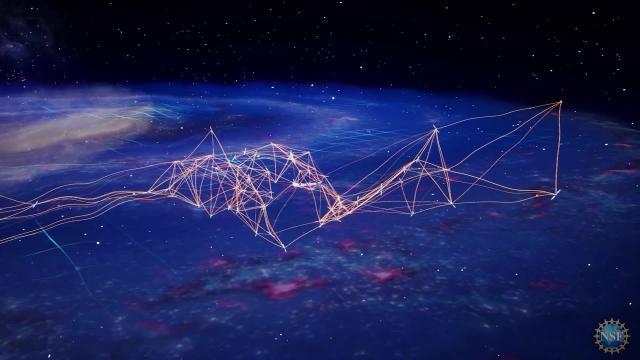
Gravitational waves create a 'cosmic symphony' that scientists are tuning into
Added 151 Views / 0 LikesScientists are using pulsars to detect the gravitational wave 'hum' created from supermassive black hole mergers. Full Story: https://www.space.com/gravitational-wave-background-universe-1st-detectionCredit: National Science Foundation (NSF)
-
08:06
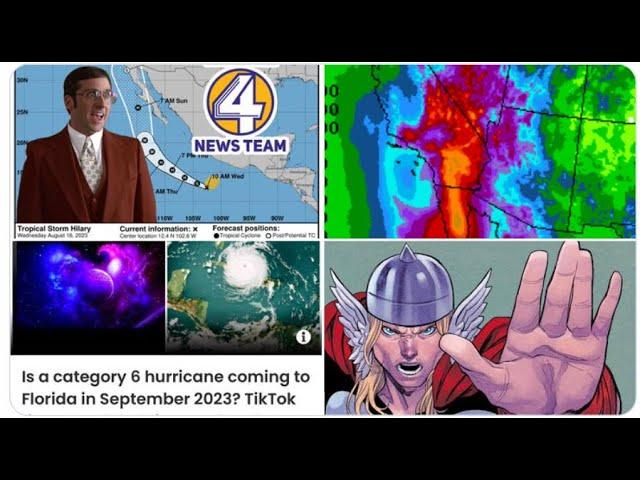
Big Hurricane Hilary impacts headed to California, Arizona & Nevada! & WTF Tik Tok Time Travelers ?
Added 151 Views / 0 LikesIt's going to be a wild 2nd half of August!God bless everyone,Thttps://www.paypal.me/THORnewshttps://venmo.com/TEric-Lewison$THORnews on CashApphttps://www.patreon.com/thornews
-
08:44
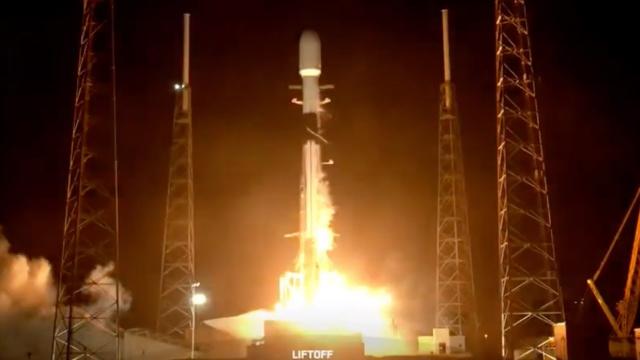
SpaceX launches Starlink batch in 2nd launch of day following Crew-7
Added 151 Views / 0 LikesA SpaceX Falcon 9 launched 22 Starlink satellites from Space Launch Complex 40 (SLC-40) at Cape Canaveral Space Force Base in Florida on Aug. 26, 2023. Earlier in the day, SpaceX launched the Crew-7 mission for NASA. See the launch: https://www.space.com/
-
08:08
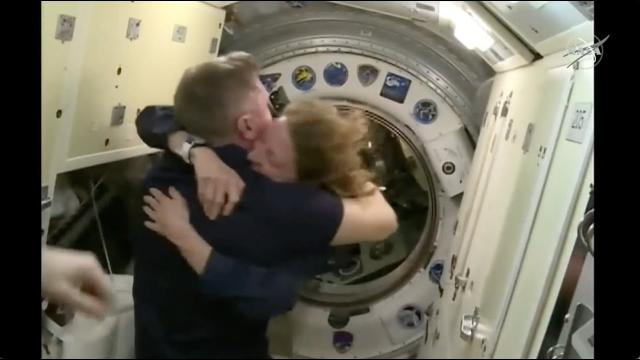
Soyuz MS-24 crew enters space station after quick flight
Added 151 Views / 0 LikesNASA astronaut Loral O'Hara, alongside Russian counterparts Oleg Kononenko and Nikolai Chub completed ingress into the International Space Station shortly after docking on Sept. 15, 2023. Full Story: https://www.space.com/soyuz-ms-24-arrives-international




